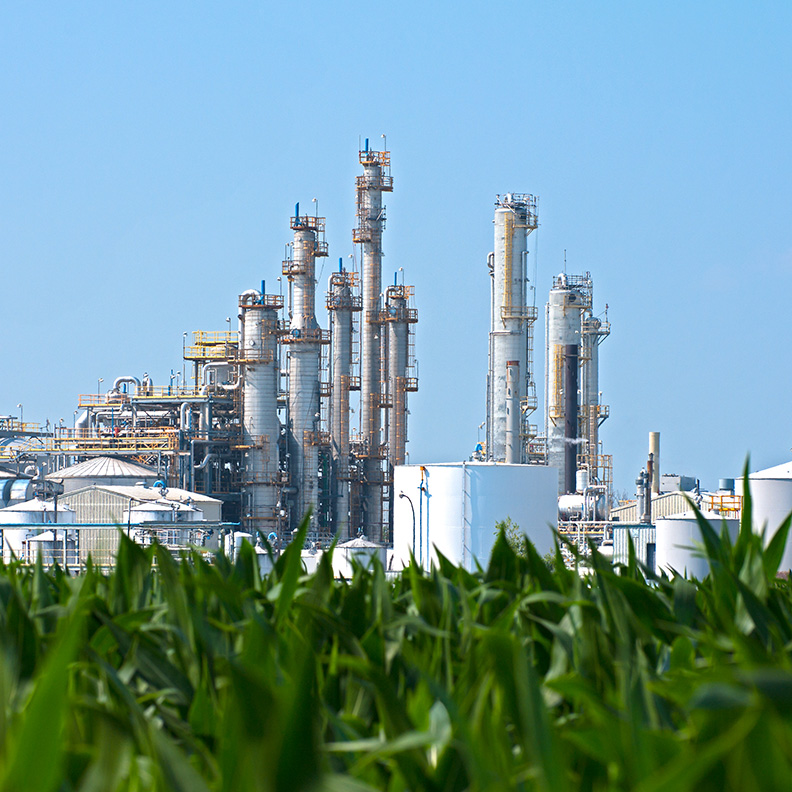On any given day, around 100,000 flights1are completed all around the world, helping millions of people get from point A to point B. This heavy traffic also leads to air pollution: Commercial aviation is responsible for approximately 2% of annual global carbon dioxide (CO2) emissions — putting it ahead of the total output for countries such as Brazil, Mexico and the United Kingdom2.
It’s a striking figure that has caught the attention of government and industry leaders. That includes Delta Airlines, which has stated a goal of achieving net-zero carbon emissions by 20503, as well as United Airlines, which has also pledged to go 100% green by 20504.
Sustainable aviation fuel (SAF) is the driving force behind these commitments, and it’s also an area of opportunity for farmers.
What is SAF?
SAF “is an alternative fuel made from non-petroleum feedstocks that reduces emissions from air transportation,” according to the U.S. Department of Energy. Common sources include corn grain, oil seeds and other forms of biomass.
The SAF industry is still in its early stages, with current production in the U.S. only making up a small fraction of what is needed by airline companies. It will take time to scale up production, but the Department of Energy along with other U.S. government agencies, including the Department of Agriculture, are aiming to spur that growth. Their joint “SAF Grand Challenge” has a stated goal of increasing domestic SAF output to 35 billion gallons by 2050, which would be enough to fully satisfy demand from the airlines5.
The bipartisan Farm to Fly Act recently re-introduced in the U.S. Senate would clarify SAF eligibility and expand markets for agricultural crops, foster increased collaboration between the USDA and the private sector, and establish a common SAF definition6.
How can farmers benefit?
There are a few ways that farmers can benefit from this emerging fuel source. First, by growing crops that can be used in SAF production, farmers can earn more money during off seasons, improve soil quality and reduce nutrient losses7, depending on feedstocks grown.
SAF is primarily produced in one of three ways: via refined fatty acids like vegetable oils, by converting ethanol into jet fuel, or by utilizing captured carbon dioxide and renewable energy to create synthetic hydrocarbons that are processed. This gives producers a number of ways to enter the market, and like with corn-based ethanol, demand for SAF could give crop prices a boost over time.
There are also tax benefits associated with SAF production. The 45Z income tax credit is available to producers of domestically produced clean transportation fuel sold from January 1, 2025, through December 31, 2027. Producers can receive up to $1.75 per gallon, depending on how effectively the fuel is able to reduce emissions. Farmers may be able to share in the tax savings when selling to an SAF producer.
Many in the industry believe that there is an opportunity to support SAF production with the right incentives and guardrails8. As this fuel source continues to develop, ag leaders will want to stay tuned in to new opportunities that pop up. This is particularly true throughout the Corn Belt, as many farmers already grow crops that can be used for SAF. Talk to an experienced ag banker to discuss strategies for your operation.

